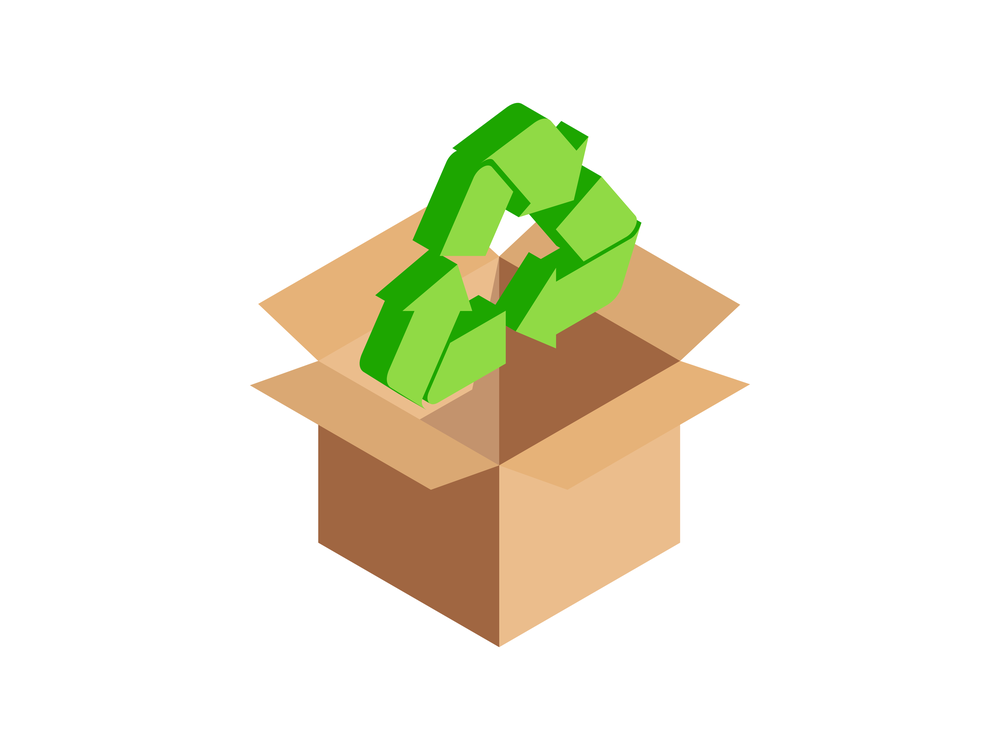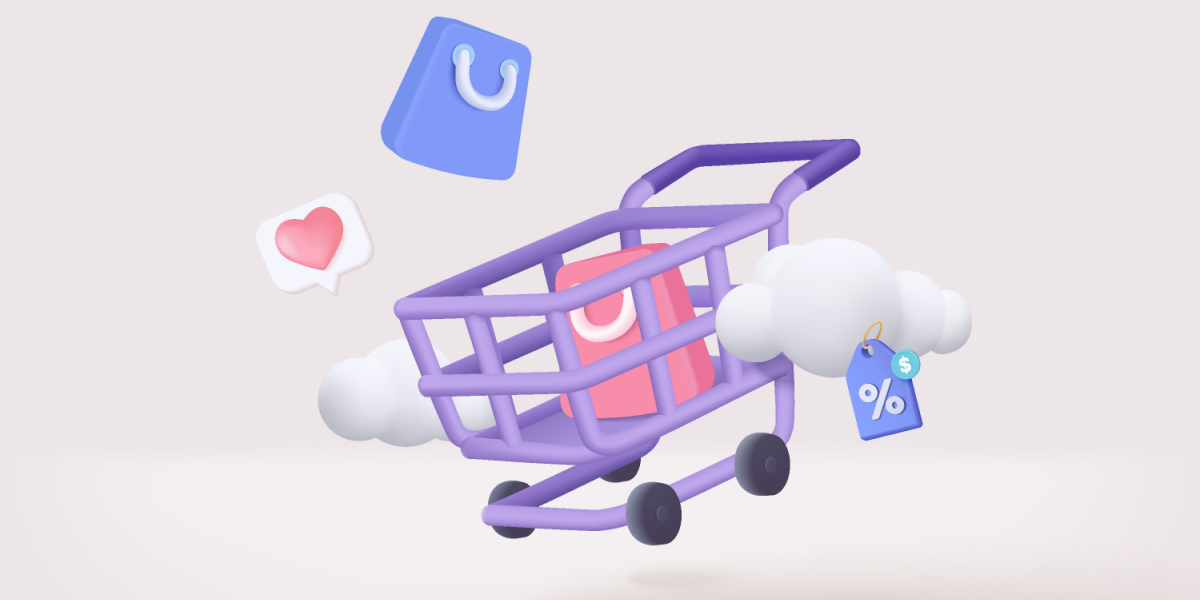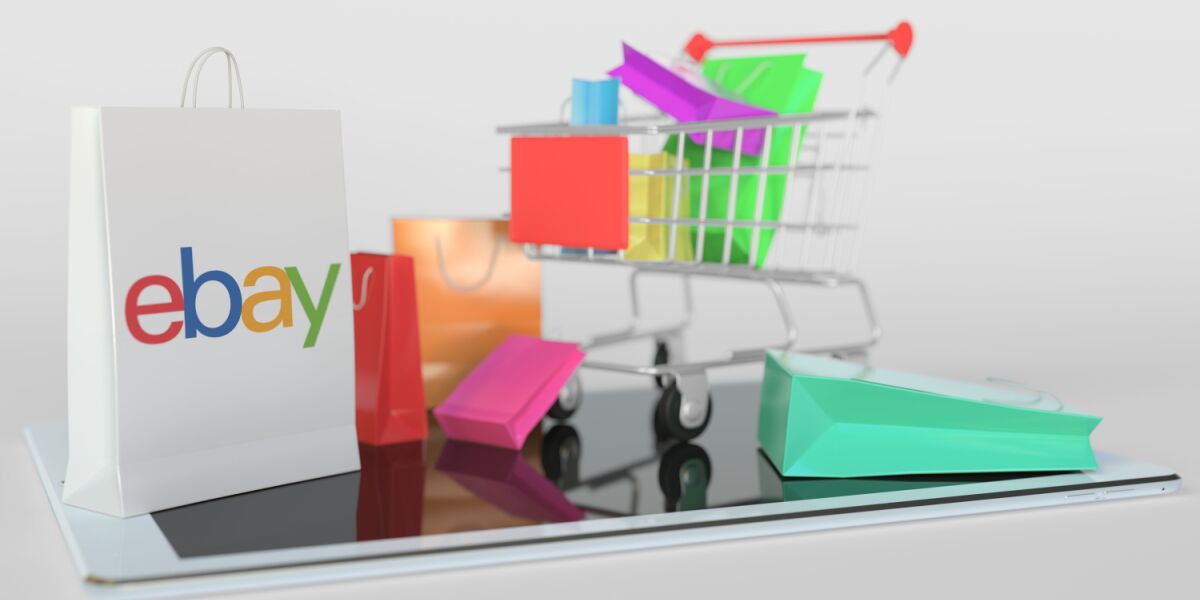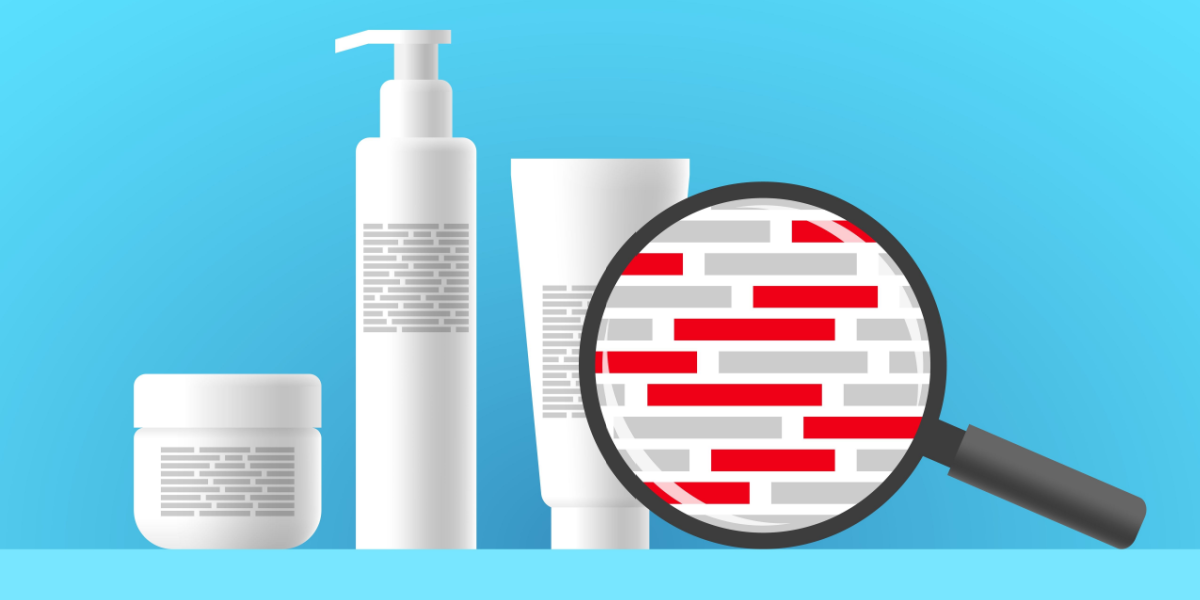A thriving ecommerce system has been one of the few silver linings of the COVID-19 pandemic, but businesses must stop and consider the impact of doing business-as-usual when there are more cost-effective and environmentally friendly options out there.
The surge in online shopping may have added billions to ecommerce revenues around the world, but the unprecedented volume of product packaging flooding into homes has further exacerbated the landfill crisis.
According to the Center for International Environment Law, packaging accounts for 40% of the global demand for plastics. In the US, the EPA (Environmental Protection Agency) estimates that commercial, residential, and institutional users generate 14,530 metric tons of container and packaging waste each year, with 69% of it ending up in landfills. Similar rates prevail in countries around the world, from the UK, which is the biggest producer of plastic waste per capita in Europe, to China, which is the largest single-use plastic generating country.
The devastating and far-reaching effects of plastic pollution on our land and seas have been well documented, and consumers are putting the onus on businesses to do more.
As an ecommerce operator, we understand that businesses want to ship products to their customers safe and sound, but you don’t have to grapple with mountains of plastic packaging to achieve that. So here are some creative (and fun!) ways to reduce your environmental footprint and avoid spending big on plastic trash to freight goods where you need them to go.
Make Your Packaging Multi-Purpose
A creative approach to the design of your packaging makes it easier for the consumer to reuse again. Mailers with a double adhesive strip that allow them to be resent with ease. Luxurious cloth dust bags too beautiful to throw away can be repurposed as storage bags for shoes or delicate keepsakes.
Boxes, packing peanuts, and wrapping paper can all be saved for later use for mailing items or household crafts. Encourage customers to use these materials to build a play fort, colorful art projects, a toy for the cat, or something to pack up household items with when moving the applications are only limited by your imagination.
Read more: It’s Time to Get Serious about Sustainable Packaging
Customize Your Packaging
More than anything else, packaging embodies your brand and communicates its values. As the first physical point of contact with your customer, packaging’s role in showcasing your product is essential in strengthening brand rapport. It’s expected to perform the basic tasks of being accessible, attractive, and protective, but sustainability requirements mean more thought is needed to obtain the right kind of packaging for your product.
Consulting a packaging supplier can help you make an informed choice and learn what customization options are available to you. This could be logo printing and customized packaging dimensions or choosing lighter and thinner materials to cushion your goods. When selecting your packaging, keep in mind the following:
- Use the lightest materials possible—it saves you money and reduces the carbon footprint of manufacturing and transport.
- Only include what’s strictly necessary. Drastically reduce materials used to lessen waste.
- Ship in a smaller package and/or tailor packaging to fit products.
- Give customers a choice to opt for minimal or reusable packaging.
Substitute, Substitute, Substitute
By this point, whatever you might need for packaging will likely have an eco-friendly equivalent, be it packing tape, labels, padded mailers, or garment bags. Popular eco substitutes include paper which is biodegradable, recyclable, and cost-effective. There are also 100% compostable mailers that look, feel and behave like plastic – that is completely waterproof – but are actually made of cornstarch!
Where possible, swap plastic for a biodegradable replacement. Send QR codes in place of brochures. You can substitute anything and everything, even your entire supply chain for more environmentally conscious substitutes.
Read more: Your Guide to Product Packaging Design and Strategy
But sometimes it’s easier said than done when the ecosphere is full of greenwashing companies full of dubious claims. Here’s a little-known fact: some biodegradable plastics don’t break down when you stick them in the ground, they actually need industrial composting to decompose. Just because a material can technically biodegrade doesn’t mean it consistently does so. The good news is that you can streamline your search for substitutes with the click of a button.
Look to governing bodies in charge of certification to ensure every point in your supply chain comes from a sustainable source, from raw materials to finished products. Organizations like the Australasian Bioplastics Association have one of the highest certification standards, which should assure you of a product’s eco cred.
Spread the Word
The measure of success for businesses used to be counted in terms of sales figures and revenue, but the groundswell of consumer sentiment has shifted us all towards a more holistic and inclusive vision of profit for all.
The upside about doing good is your brand can feel good telling your stakeholders about how they’ve done their part. By tapping into the concerns of many over the fate of our planet, truly innovative businesses that aspire to make the world a better place are finding kindred souls at every turn – and turning over sizable chunks of revenue too. That’s why we have opened up our company to equity crowdfunding to give consumers a chance to be a greater part of the change they envision for the planet.
You can find more information here or Hero Packaging | Equitise.


















